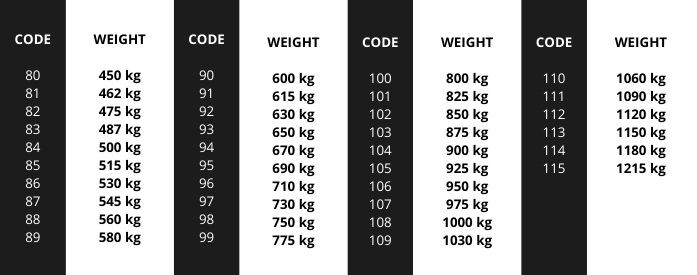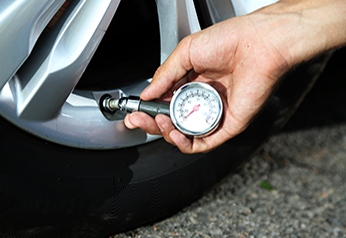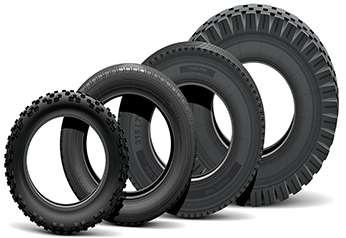
Load Ratings
The load ratings are represented by a numerical value. The rating determines the load capacity or maximum weight a tyre can carry. The higher the tyre's load index number, the greater its load carrying capacity. An example is, a load index of 65 bears 265kg’s, whereas a load index of 105 refers to a load bearing capacity of 925kg’s.
Most passenger vehicle load indexes range from 62 to 126.
It is vital to check with your manufacturer on what capacity tyres to fit on your car. Apart from the dangers of overload, your insurance can become void if you have an accident while driving on tyres with the wrong load index.
Tyre Placard
Apart from on the sidewall of your tyre you can also find load index information on the driver-side door jamb. It’s located on the tyre placard. This placard identifies the number and location of seating positions and the total load capacity for occupants and luggage. Original Equipment tyre sizes and the vehicle manufacturer's recommended cold tyre pressure are also included on the tyre placard.

Tyre Load Index Table

Light Trucks
On some light trucks the load index is broken up into two ratings divided by a forward slash. Here is an example: 104/101. This is because the light trucks these ratings are used for often have dual tyres on their rear axle. The first number indicates the load carrying capacity if the tyre is for a single-wheel rear axle, and the second number applies to a dual rear axle.
The reason the second load index number is less even though it is supported by a second pair of tyres, is to maintain reserve capacity if one of the tyres fail. Were this to happen, it would leave the sole remaining tyre the load supposed to be supported by two tyres.



